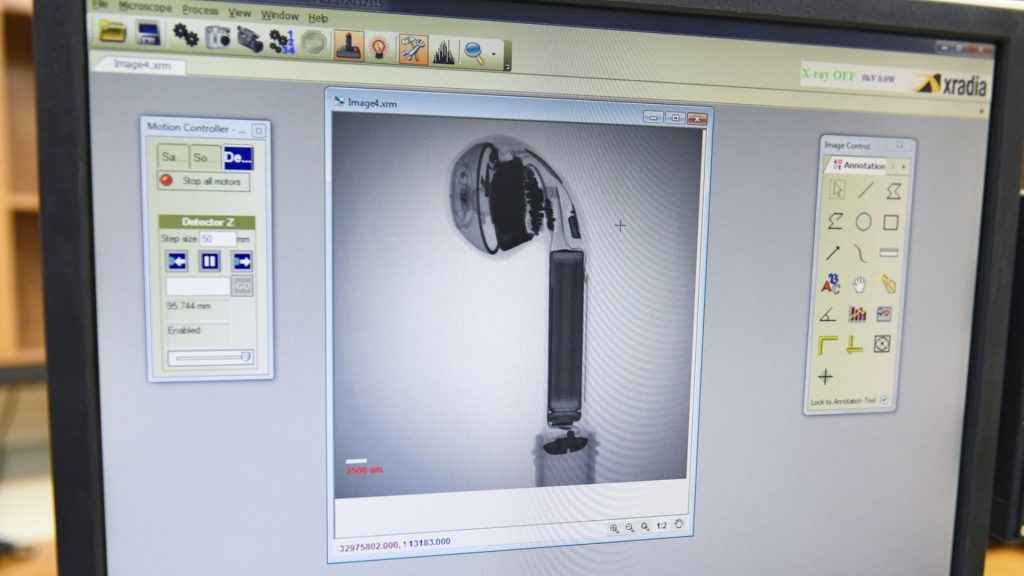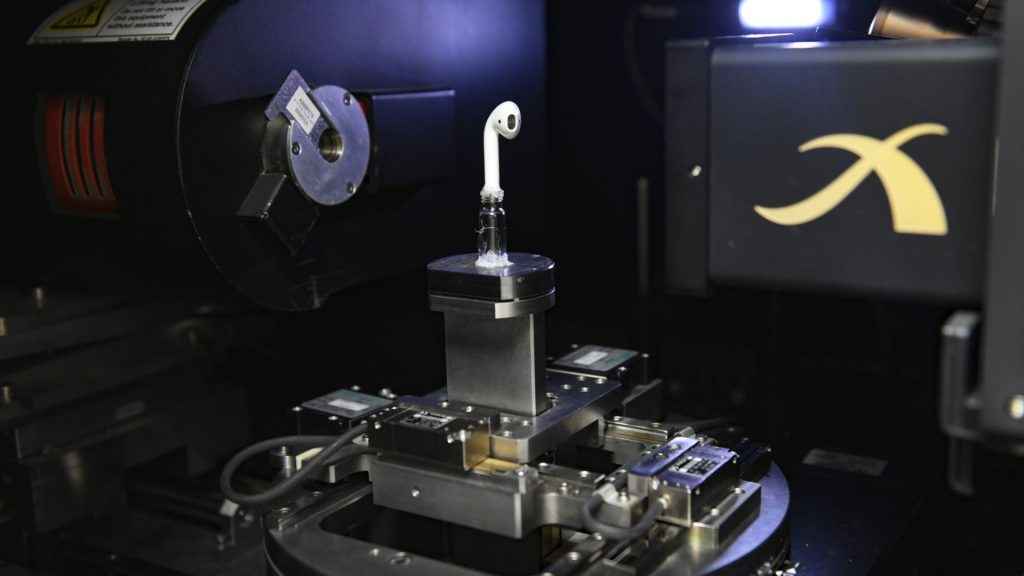Why your wireless earbuds die faster over time and what science says about fixing it?

Ever noticed that your wireless earbuds don’t hold a charge as long as they did when they were brand new? A recent study led by The University of Texas at Austin dug deep into this common issue, known as battery degradation, focusing specifically on the tiny powerhouses inside our everyday wireless earbuds. By employing advanced imaging technologies, the research team uncovered the reasons behind the diminishing battery life over time and published their findings in the research study published in Advanced Materials, titled – In-device Battery Failure Analysis. Let’s dive in take a closer look at what they found out.
The inspiration for this study
The inspiration for this research came from a personal experience. Yijin Liu, an associate professor in the Walker Department of Mechanical Engineering at UT Austin, noticed a discrepancy in his own earbuds. “I only wear the right one, and I found that after two years, the left earbud had a much longer battery life,” Liu remarked. This observation led him and his team to investigate the underlying causes of such battery performance disparities.

Unpacking the culprits
Upon examination, the researchers discovered that the compact design of wireless earbuds forces various components—such as the Bluetooth antenna, microphones, and circuits—to coexist in close quarters with the battery. This proximity creates a challenging microenvironment, leading to temperature gradients within the battery. These temperature differences between the top and bottom portions of the battery contribute to its degradation over time.
Moreover, real-world conditions play a significant role. Batteries are exposed to varying temperatures, air quality levels, and other environmental factors. While they’re designed to withstand harsh environments, frequent and unpredictable changes can accelerate wear and tear.
Also Read: Lithium-sulfur batteries could make your batteries last for longer than ever!
Implications for device design
The findings underscore the importance of considering battery placement and interaction with other components in device design. Adjusting for different user behaviors and environmental exposures is crucial. “Using devices differently changes how the battery behaves and performs,” noted Guannan Qian, the study’s first author and a postdoctoral researcher in Liu’s lab. Factors such as individual charging habits and varying usage patterns can significantly impact battery longevity.
Liu and his team plan to extend their research to larger batteries used in devices like smartphones, laptops, and electric vehicles. Understanding battery performance in real-world conditions is essential for developing more durable and efficient energy storage solutions.

Also Read: Humanity’s Last Exam Explained – The ultimate AI benchmark that sets the tone of our AI future
The broader context and practical implications
The University of Texas at Austin has a storied history in battery research. Notably, the late John Goodenough, a Nobel Prize winner and inventor of the lithium-ion battery, spent a significant portion of his career at UT Austin, laying the foundation for ongoing innovations in energy storage. The university’s Battery Research Group continues to advance technology from new battery materials development to field testing and optimization. Their multidisciplinary approach addresses challenges in battery research, ensuring that innovations are both practical and impactful.
For consumers, this research highlights the importance of mindful usage to prolong battery life. Avoid exposing devices to extreme temperatures, follow recommended charging practices, and be aware that different usage patterns can affect battery longevity.
While the compact and multifunctional design of wireless earbuds offers unparalleled convenience, it also presents challenges for battery longevity. Through advanced research and collaborative efforts, scientists are uncovering the intricacies of battery degradation, paving the way for more durable and efficient devices in the future.
Satvik Pandey
Satvik Pandey, is a self-professed Steve Jobs (not Apple) fanboy, a science & tech writer, and a sports addict. At Digit, he works as a Deputy Features Editor, and manages the daily functioning of the magazine. He also reviews audio-products (speakers, headphones, soundbars, etc.), smartwatches, projectors, and everything else that he can get his hands on. A media and communications graduate, Satvik is also an avid shutterbug, and when he's not working or gaming, he can be found fiddling with any camera he can get his hands on and helping produce videos – which means he spends an awful amount of time in our studio. His game of choice is Counter-Strike, and he's still attempting to turn pro. He can talk your ear off about the game, and we'd strongly advise you to steer clear of the topic unless you too are a CS junkie. View Full Profile




